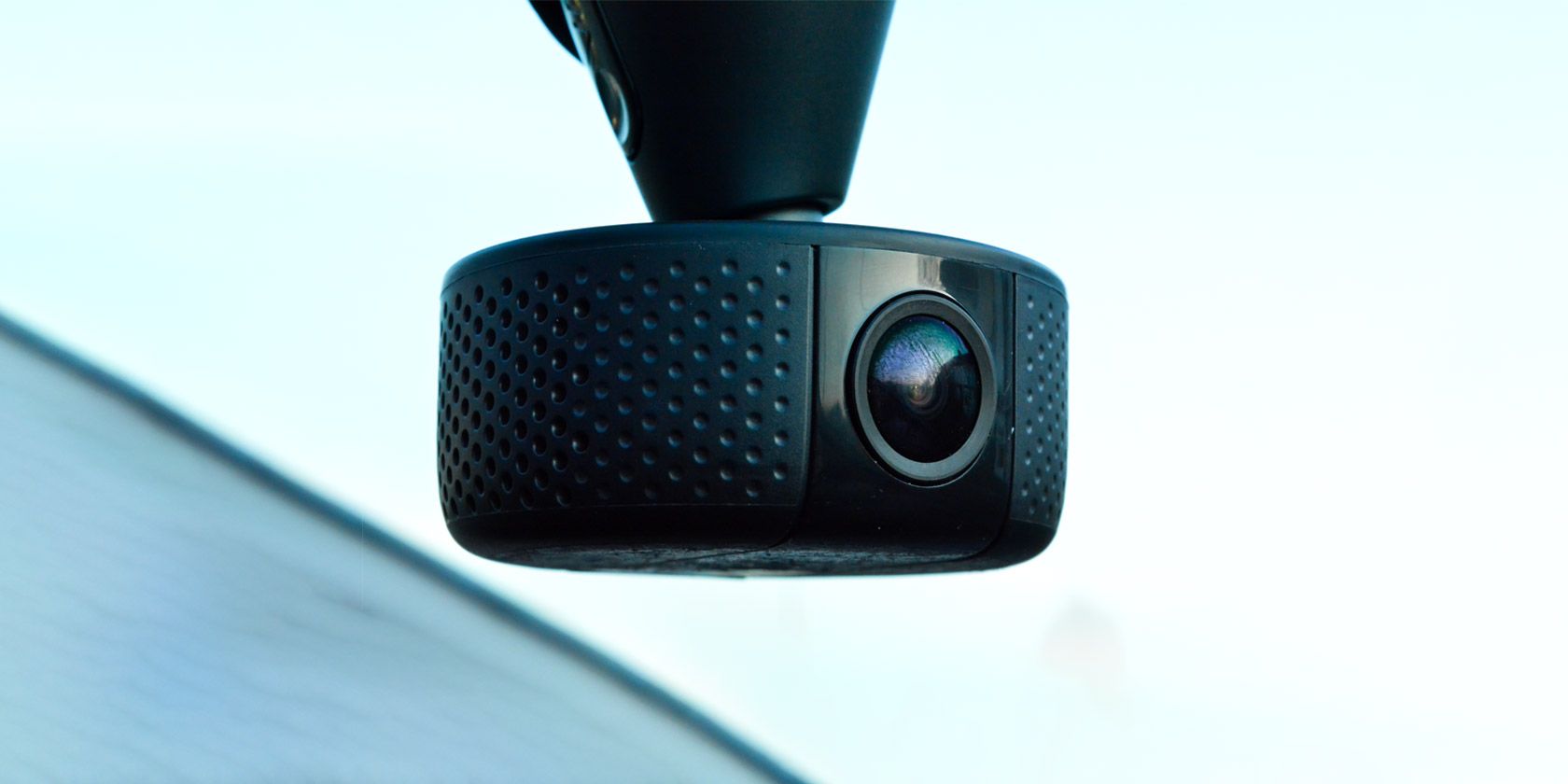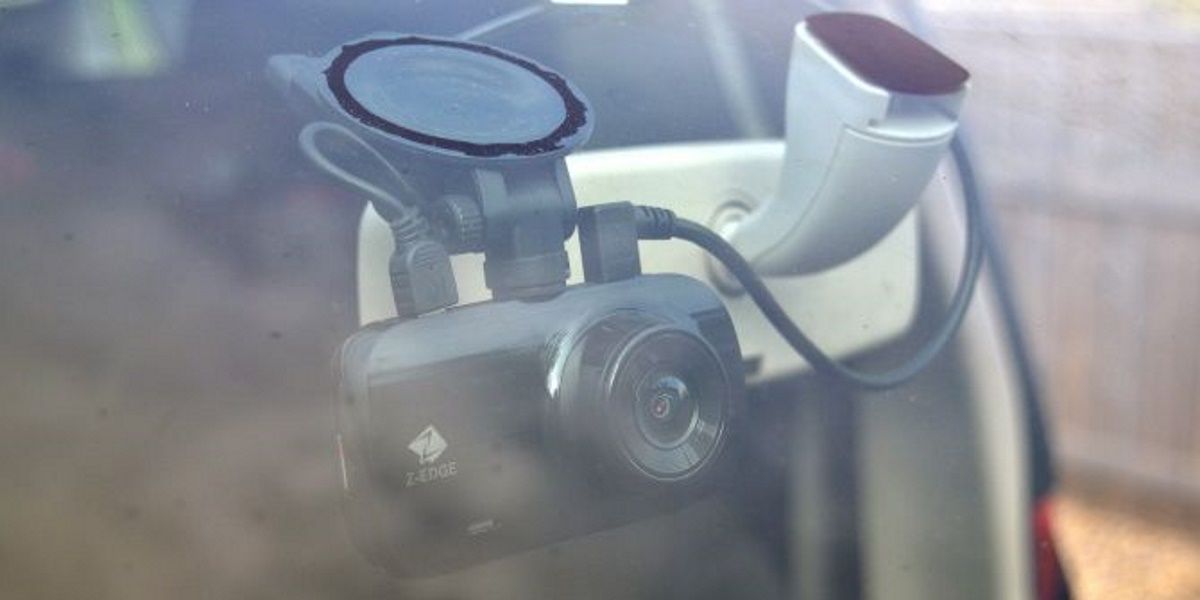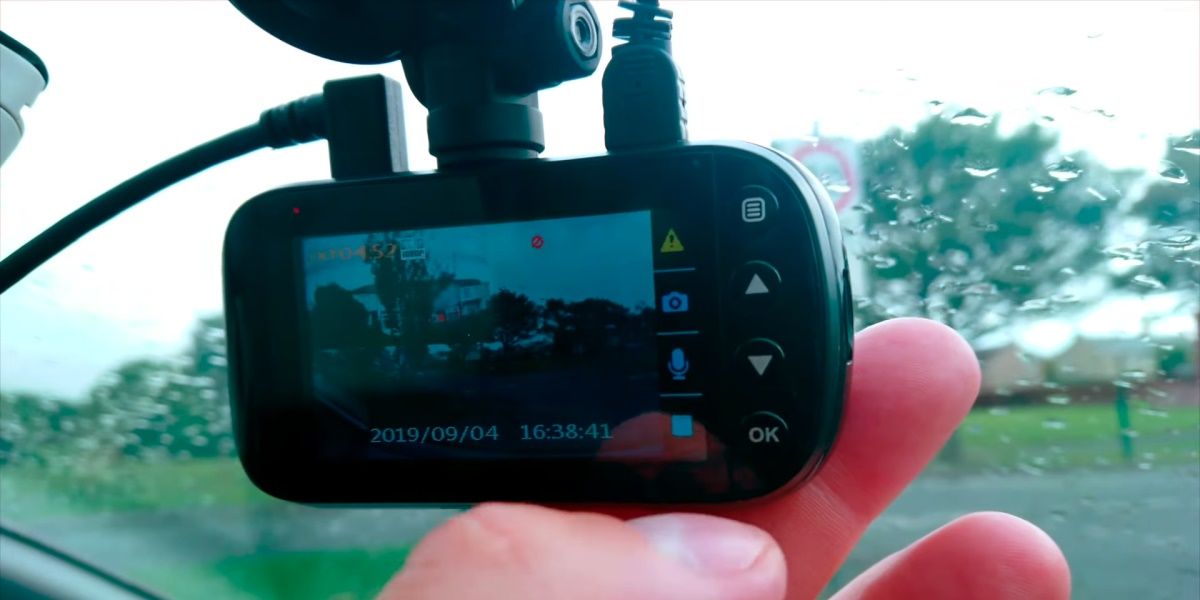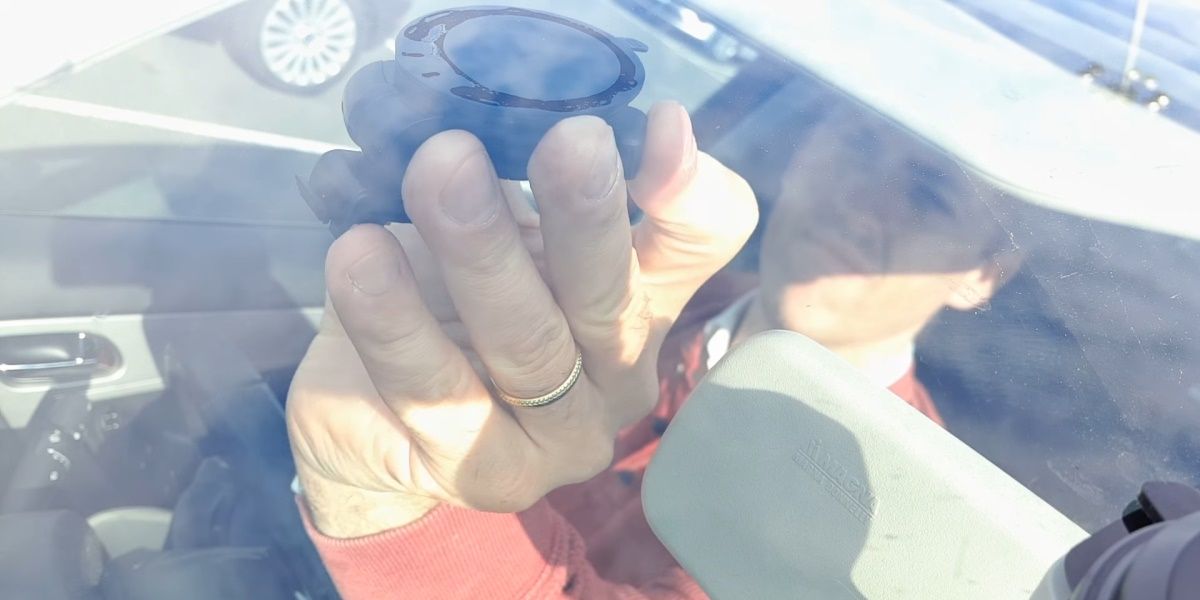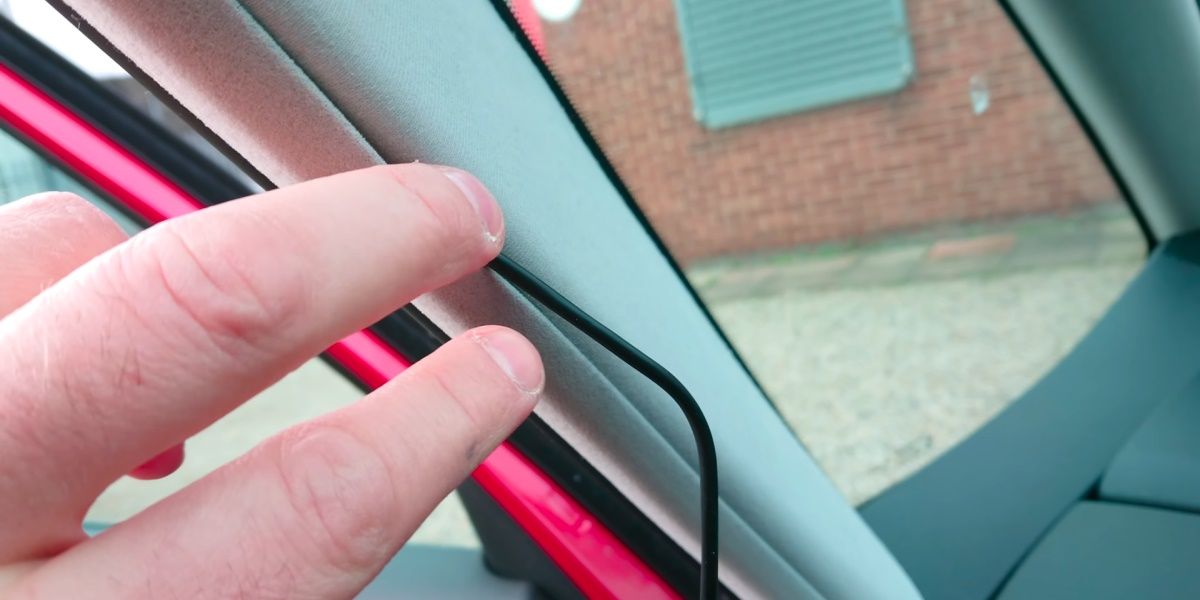If you've got a dashcam, fitting it might seem like a bit of a chore. In some cases, it isn't as simple as you would like, but installing a dashcam in your car is worth every minute you spend on it.
While you might pay someone to install a dashcam, doing it yourself is a smarter option that will save you money and provide a better understanding of the device.
Here is everything you need to know about how to install a dashcam in your car, and the best place to position it.
Is It Worth Fitting a Dashcam?
Whether you spent the money to buy a new dashcam or got one free with a smartphone, tablet, or other electronics purchase, you need to install it.
There are many reasons to install a dashcam rather than letting the device gather dust. As well as helping you drive more safely and keeping an eye on what is happening while you drive, a dashcam can potentially save you money on car insurance. It can certainly prove your innocence (or guilt of others) in the event of an incident or accident on the road.
To recap: if you own a dashcam, you should install it today.
How Long Does It Take to Install a Dashcam?
Installing a dashcam in your car (or van, or even motorcycle) shouldn't take too long. The duration is impacted by the size of the vehicle, how many cameras are included, and how the device will be powered.
For example, a small car can be set up in around 15 minutes; a family SUV requiring a rear camera might take over half an hour. So, before you start, be sure to have all of your cables and cameras ready and put the necessary time aside.
How Much Does It Cost to Install a Dashcam?
Some automotive stores that stock dashcams will fit your new device. The cost to install a dashcam or a front and rear dual dashcam ranges from $50 to $100 (£35-£70) depending on the complexity of the installation.
Furthermore, you may not be able to use the dashcam for a while after installation as they typically need charging first. Consequently, preparing the dashcam at home and installing it yourself makes more sense, and will save you money.
However, if you choose to hardwire your dashcam to the car battery, paying for a specialist installation is a good idea.
Who Can Install a Dashcam?
You don't need to be a specialist to install a dashcam. If you can route cables, use adhesives, and plug things in, you can install a dashcam.
Employees at car accessory stores don't take special training to learn how to install a dashcam. Instead, they watch a video, someone demonstrates the procedure in person, or they follow a written guide like this.
In short, anyone can install a dashcam, including you.
How Do I Install a Dashcam in My Car?
The process of installing a dashcam can be completed by following these steps:
- Check if the camera has an internal battery – if so, charge it
- Establish the best position for the dashcam
- Compare this with access to the power supply
- Route and hide the cable
Once all of that is done, you are ready to use the dashcam safely.
Step 1: Charge the Dashcam Battery If Necessary
Before starting, check if the dashcam has an internal battery. If it does, the battery will need charging before installation.
Such batteries are typically found in dashcams that run from the car's 12V socket (formerly known as the "cigarette lighter"). As these devices power down when the car engine is off, the battery keeps the dashcam running and powers motion sensors in the event of sudden movement (a crash, or vandalism) when the vehicle is parked.
Step 2: Find the Best Place to Install Your Dashcam
Next, you need to work out the best place to mount your dashcam.
Like smartphones, it can be tempting to attempt to press buttons on a dashcam while driving. As such, mount the device away from the driving seat. This might mean right behind the windscreen on a car with a deep dashboard, or behind the rear-view mirror. You could place it in front of the passenger seat, or in the top corner of the windscreen by the passenger. Just so long as it is out of arm's reach.
Step 3: Check the Cable Length for Power Supply Access
Once you have found the best place to put the dashcam, don't mount it just yet.
Instead, check the length of the power cable (and in the case of two or three camera systems, the data cable) to ensure everything fits. If the cable won't reach, you won't have any power.
Be sure not to measure in a straight line, either. An important element of installing dashcams is that the cabling should be routed around the window, over or under the doors, even under the carpet if necessary.
While dashcams sometimes ship with USB power cables, a car's USB port isn't suitable for power. Instead, it is there for data (such as MP3s on a USB stick or connecting your phone). As such, you should not use the USB port to power the dashcam. The USB cable your dashcam ships with should be connected to a 12V adapter for the cigarette lighter port.
Should you choose to hardwire the dashcam, less cabling will be required inside the car. In this scenario, the power cable will need to run to the battery. This can be tricky to achieve, which is why paying for installation is the smarter option.
Step 4: Route, Clip, and Hide the Cable
Most dashcams ship with a collection of adhesive clips for routing the cable off the windscreen. From here, any cabling should be secreted in the vehicle's upholstery.
To make this easier, you may find the dashcam also ships with a plastic lever, designed to wiggle the cable into rubber seals and under fabric edging. The aim here is to hide the cable, preventing it not just from being seen, but from being caught by feet or bags. Inquisitive hands of children should not be able to grab the cable, either.
Once the cabling is successfully routed out of sight, you're ready to mount the dashcam on your dashboard or windscreen. Any additional dashcams can also be attached where required. Use car panelling to hide any excess cable.
Now You Know How to Install a Dashcam
As you've seen, installing a dashcam is as simple as plugging in a TV. It might be a little fiddlier in places, with a focus on hiding the cables for tidiness and safety, but overall, the principle is the same. You find the best spot, confirm it can reach the power supply, run the cables as required, and power it up.
But while a TV is there to entertain, a dashcam gives you an extra set of eyes on the road. You'll be driving more safely, reducing risk to your vehicle, and potentially saving money on insurance premiums. All the while, that dashcam is recording footage that could determine who is at fault in an accident.

